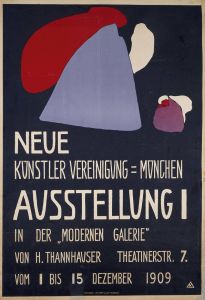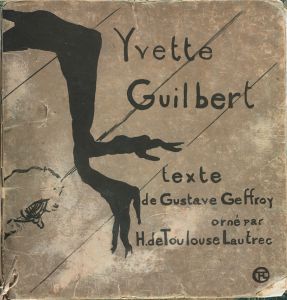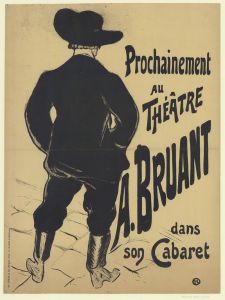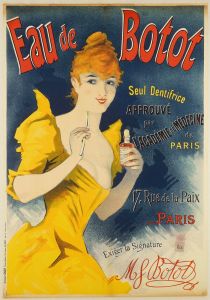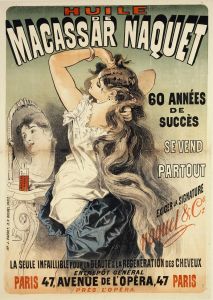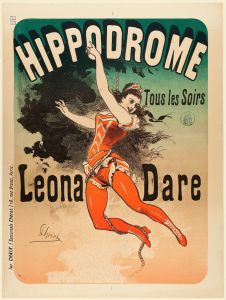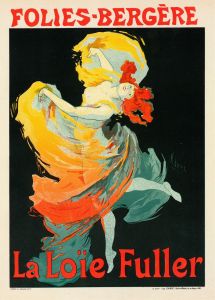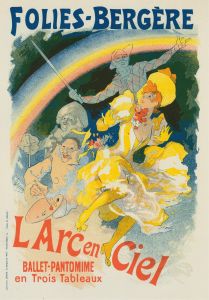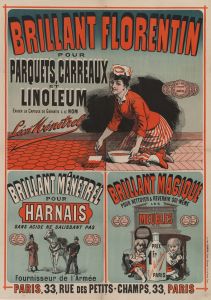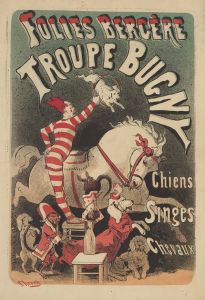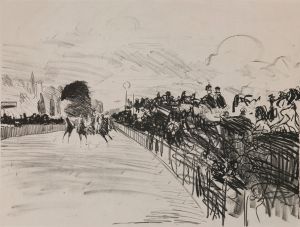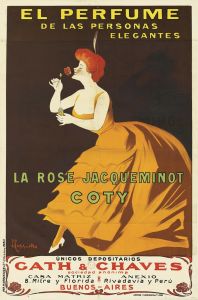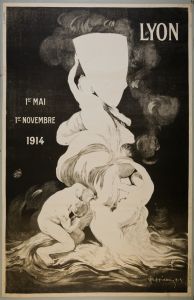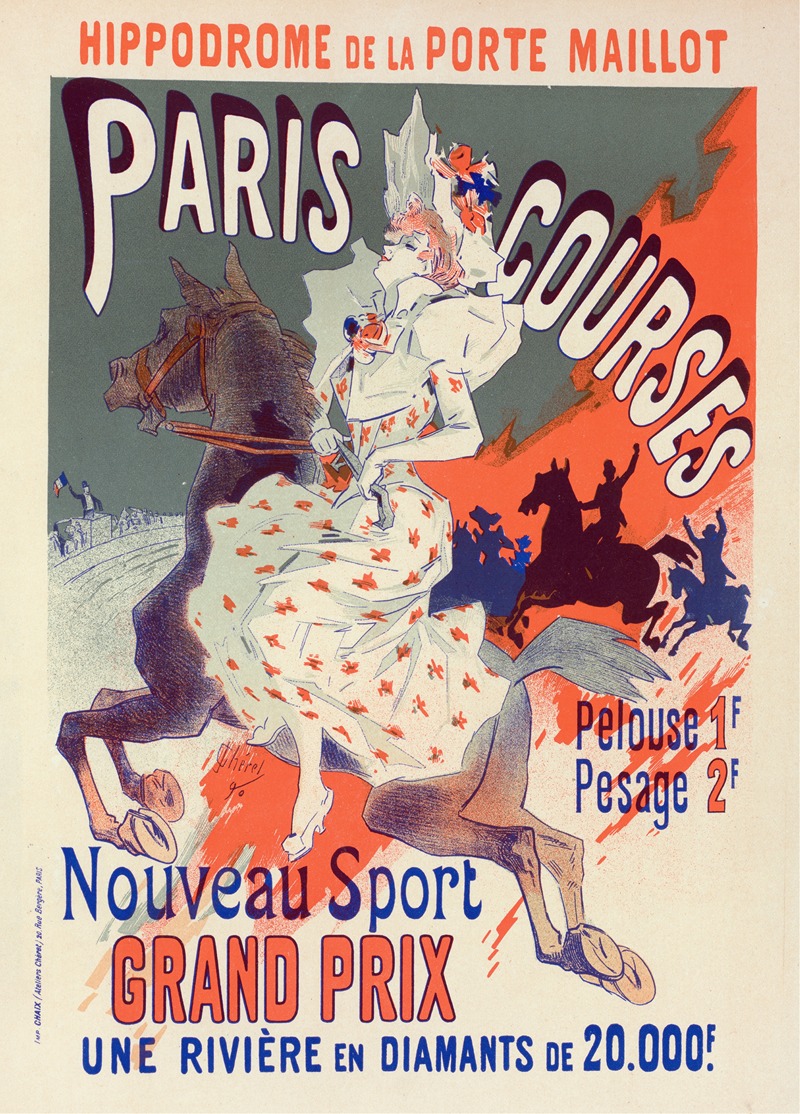
Paris-Courses
A hand-painted replica of Jules Chéret’s masterpiece Paris-Courses, meticulously crafted by professional artists to capture the true essence of the original. Each piece is created with museum-quality canvas and rare mineral pigments, carefully painted by experienced artists with delicate brushstrokes and rich, layered colors to perfectly recreate the texture of the original artwork. Unlike machine-printed reproductions, this hand-painted version brings the painting to life, infused with the artist’s emotions and skill in every stroke. Whether for personal collection or home decoration, it instantly elevates the artistic atmosphere of any space.
Jules Chéret, a prominent French painter and lithographer, is often hailed as the father of the modern poster. His work, "Paris-Courses," is a notable example of his contribution to the art of poster design in the late 19th and early 20th centuries. Chéret's innovative approach to poster art played a significant role in transforming the streets of Paris into vibrant galleries of color and design.
"Paris-Courses" is a lithographic poster created by Chéret, reflecting his distinctive style that combines elements of fine art with commercial appeal. Chéret's posters are characterized by their dynamic compositions, vivid colors, and the lively depiction of figures, often capturing the essence of Parisian life and culture. His work was instrumental in popularizing the use of posters as a form of mass communication and advertising.
The "Paris-Courses" poster is a testament to Chéret's skill in capturing movement and excitement. It likely advertises horse racing events, which were a popular pastime in Paris during Chéret's time. The poster would have been designed to attract the attention of passersby, enticing them to attend the races. Chéret's ability to convey the thrill and energy of such events through his art is evident in the dynamic poses and expressions of the figures depicted.
Chéret's influence extended beyond the aesthetic appeal of his posters. He was a pioneer in the use of color lithography, a technique that allowed for the mass production of colorful images. This innovation made art more accessible to the general public and transformed the landscape of advertising. Chéret's work paved the way for future generations of poster artists and designers, influencing movements such as Art Nouveau.
In addition to his technical innovations, Chéret's posters often featured women as central figures, depicted with a sense of grace and vitality. This portrayal of women, sometimes referred to as "Chérettes," became a hallmark of his style and contributed to changing perceptions of women in art and society. The "Paris-Courses" poster likely includes such figures, embodying the spirit of modernity and liberation that characterized the Belle Époque period in France.
Jules Chéret's legacy is evident in the continued appreciation of his work and the recognition of his impact on both the art world and the field of advertising. His posters, including "Paris-Courses," are celebrated for their artistic merit and historical significance. They offer a glimpse into the cultural and social dynamics of late 19th-century Paris, capturing the vibrancy and excitement of the era.
Today, Chéret's posters are highly sought after by collectors and are displayed in museums and galleries around the world. They serve as enduring examples of the power of visual art to communicate and captivate audiences. "Paris-Courses," like many of Chéret's works, remains a valuable piece of art history, illustrating the evolution of poster design and its role in shaping public perception and engagement.





